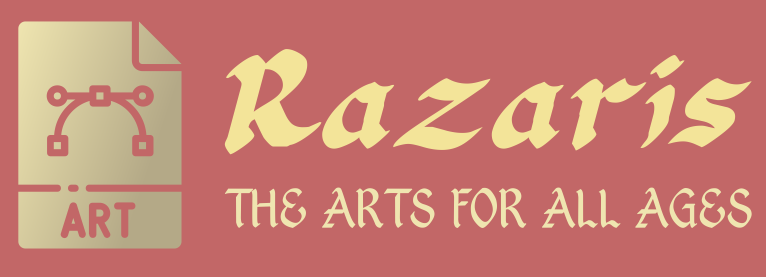Valerie Solanas is famous for two things: shooting Andy Warhol and writing the SCUM (Society for Cutting Up Men) Manifesto, perhaps the most wilfully outrageous radical feminist polemic. Initially self-published and sold by her on the streets of New York in 1967, it called upon “responsible, thrill-seeking females to overthrow the government… institute complete automation and eliminate the male sex”.
The book gained its initial notoriety after Solanas’s attempted assassination of Warhol at his studio, the Factory, on 3 June 1968. Having handed herself in to the police hours after the shooting, she was charged with attempted murder, and later sentenced to three years for “reckless assault with intent to harm” after being diagnosed with paranoid schizophrenia. After her arrest, she reputedly told a reporter: “Read my manifesto and it will tell you what I am.”
Ever since, Solanas, who died in 1988, has occupied a singular and complex place in the cultural landscape, her manifesto hailed by some feminist scholars as a visionary text and her story inspiring several plays and an acclaimed art film, I Shot Andy Warhol. Now comes a new book from 52-year-old American photographer Justine Kurland, best known for her 2020 series, Girl Pictures, portraying young women in the American wilds. Her intriguingly titled SCUMB Manifesto pays homage to the wildly transgressive spirit of Solanas, whom she describes in the book as “a revolutionary, a panhandler, prostitute and vagabond, insane, brilliant and very funny”.
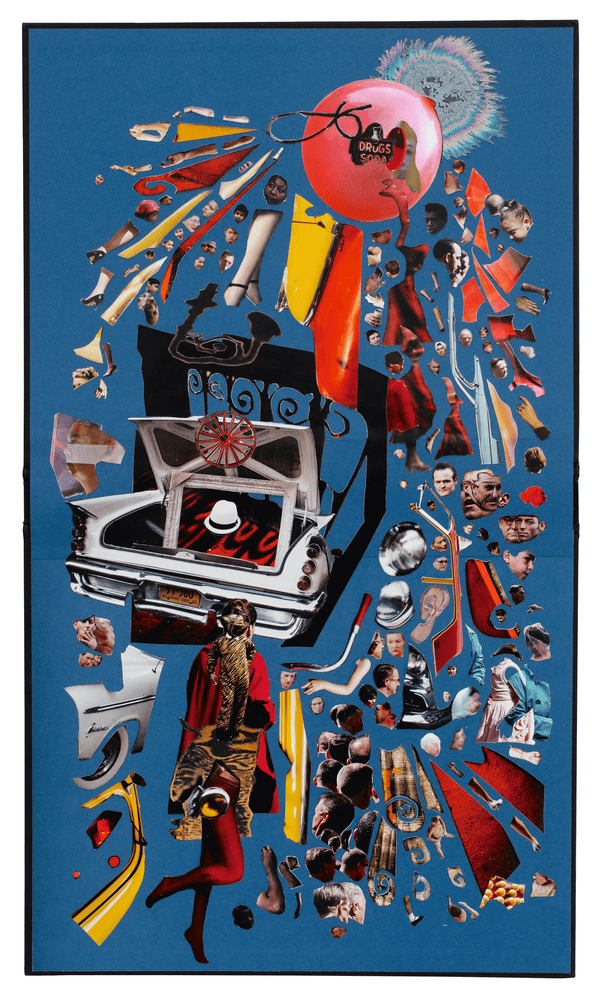
SCUMB stands for Society for Cutting Up Men’s Books, which is exactly what Kurland has done, dismembering and reconfiguring images from around 150 photobooks by white, male photographers. All of the books were from Kurland’s own shelves. They include Stephen Shore’s American Surfaces, William Eggleston’s Los Alamos, Larry Clark’s Tulsa, Martin Parr’s Think of England, Alec Soth’s Sleeping By the Mississippi, Brassaï’s Paris By Night and, most famous of all, Robert Frank’s The Americans.
Each collage is named after the book that provided the raw material for it, but does not refer to the photographer in question. Before exhibiting 65 of the SCUMB collages in a Brooklyn gallery last year, Kurland offered each of them to the individual photographers whose work she had cut up and reassembled. “I sent out emails saying, ‘I’ve been making collages out of photobooks and here’s yours’,” she says, laughing over the phone from her studio in New York. Most of them did not respond. Of those who did, she tells me, Tod Papageorge said he was flattered, Stephen Shore offered to do a trade for a print and Jim Goldberg sent her a copy of his book Raised By Wolves, to use as raw material, but, she says, “some others had less of a sense of humour and were offended by the work”.
This is hardly surprising given that her collages not only challenge the patriarchy but also raise issues around authorship and respect. “I’m not targeting anyone,” she says. “It’s about a system and structures of power, not individuals, though I have to say, some of these guys have been taking up too much room for too long.”
She ended up selling the early collages for $900 (£690) each, mostly to her students, though the Museum of Modern Art in New York also snapped up several. A selection, created from Lee Friedlander’s series Nudes are currently on display at the Herald Gallery in London as part of a group show, Say Less.
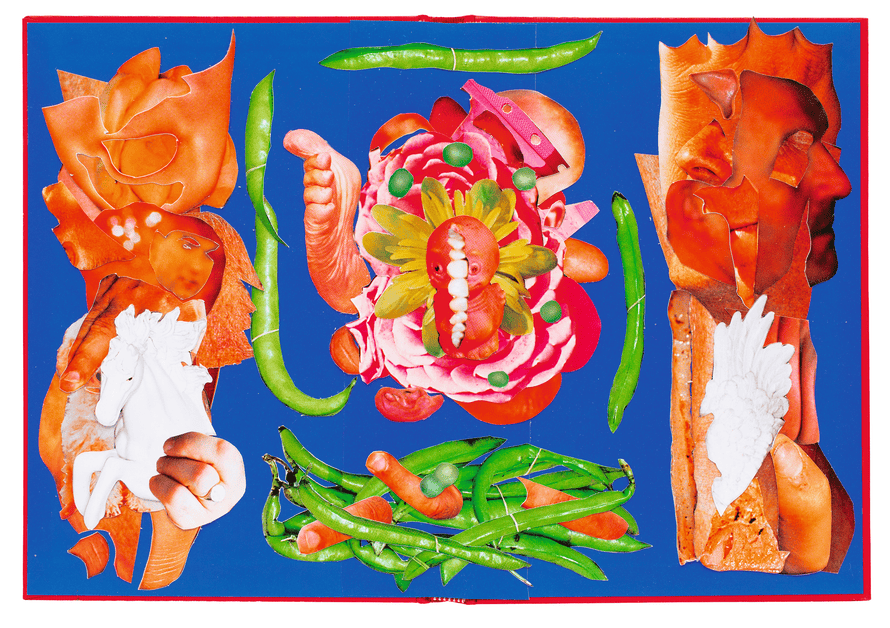
If SCUMB Manifesto is a gleefully provocative assault on photography’s patriarchal history, it is also an act of wonderfully intricate creativity: the collages possess a vivid, often viscerally powerful life of their own. Kurland’s style ranges from the playfully surreal – Parr’s signature English character studies reconfigured as a melange of artfully arranged limbs, vegetables, flowers and faces, to the coolly minimal – Friedlander’s America By Car rendered as a Ballardian swirl of steering wheels.
Often, the original photographs have been so transformed that you may struggle, as I did, to identify the photographer whose images she has reworked. She upends Robert Adams’s rigorously formal detachment and renders Brassaï’s nocturnal Paris unrecognisable by cutting up and rearranging details of his photographs – a cobbled street, a cafe tabletop, fabrics – as ominous monochrome geometric shapes.
Elsewhere, her subversion is more pointedly political. The female body, as fetishised by photographers such as Helmut Newton and Guy Bourdin, is rendered by turns sculptural, dreamlike and disturbing in works that float free of the voyeuristic male gaze while drawing attention to its voraciousness. The inclusion of renowned photographers such as Brassaï and Frank will no doubt be considered an act of cultural vandalism by some but that, too, is part of Kurland’s provocation.
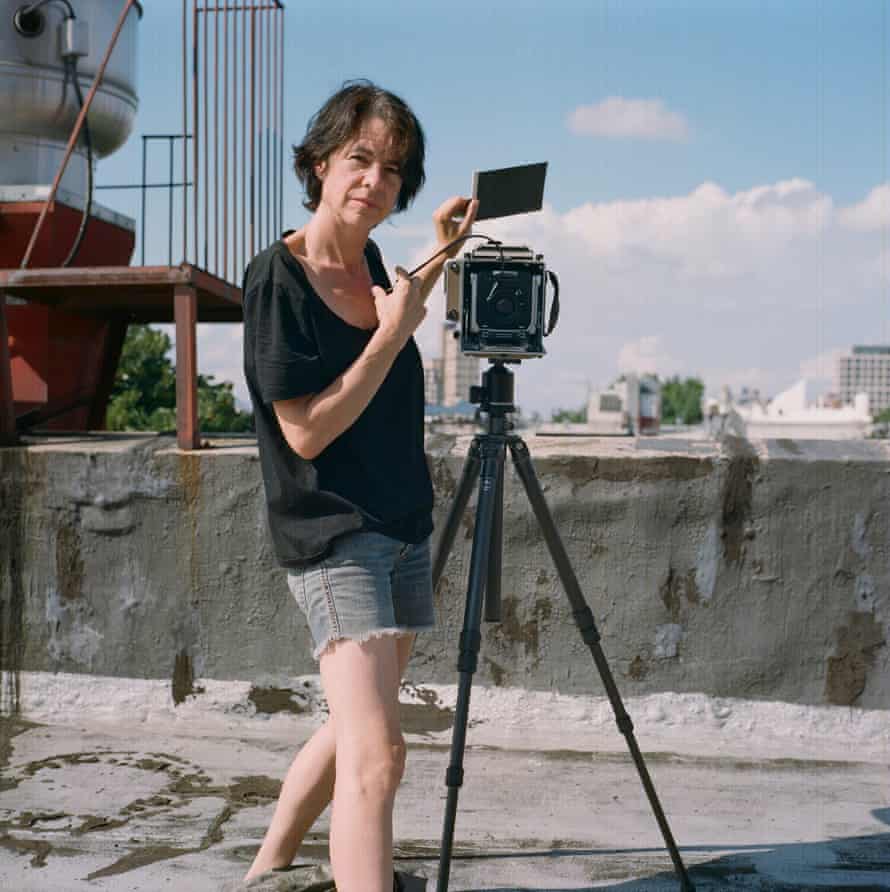
The angriest element of the book is the front cover, in which Kurland draws on Solanas’s ferociously combative and accusatory prose style to stick it to the patriarchy. Over a blood red collage of writhing female nudes, she states: “I, Justine Kurland, am SCUMB. I thrive in the stagnant waste of your boring photography. I bubble up, a raw life force, multiplying from the useless excrement of your misogynistic books.” Her screed ends with the mock-threatening line: “I’m coming for you with my blade.” In its confrontational tone, it does promise more than it delivers given that, throughout, her scalpel is more a tool of intricate reconfiguration than violent dismemberment.
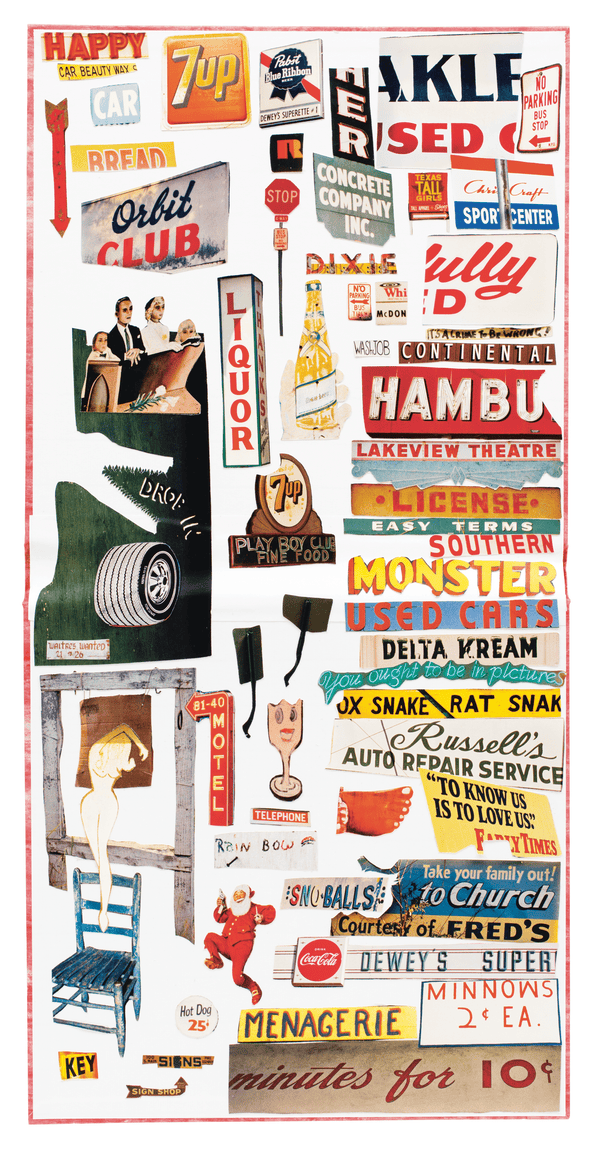
“I started out thinking it would be a purely punk act of destruction, but really it’s the most delicate, fussy medium,” says Kurland, “I spent hours and hours making these meticulous, lacy cuts and then carefully putting them together. It’s about the glue as well as the scissors. For me, it is a reparative act rather than a destructive one.”
Kurland has been making photographs since she was 15. She studied at Yale in the late 1990s under Gregory Crewdson, a photographer known for his elaborately staged cinematic tableaux, one of which she reworks in her book. The collages are a dramatic shift in tone and approach from her previous work, which explored, and subverted, a certain kind of American frontier romanticism. Her book Highway Kind (2016) was made on a series of epic road trips she took across the country in a beat-up camper van, often with her young children in tow. Girl Pictures (2020) comprised images she made between 1997 and 2002, in which her young, rebellious female subjects appear to inhabit an almost utopian world of freedom in nature.
Kurland’s shift from photography to collage was precipitated by a conjunction of events, personal and cultural: the death of her father, the seismic political and social upheavals of the past few years and a kind of moral reckoning with her own way of working. “In a way, my road trips bought into an enduring idea in American photography, which is that you go out into the world and bring the news back home,” she says. “It felt like a holdover from the colonial impulse and I started to feel a little uncomfortable with that. I think that was when I started to feel really ambivalent about the way I was working.”
While not as transgressive as other acts of creative defacement – the Chapman brothers drawing clown heads on a rare edition of Goya etchings springs immediately to mind – SCUMB Manifesto is certainly a well-aimed missive at what Kurland calls “the male photography canon and its monopoly on meaning and value”.
Photography is still, to a degree, a male-dominated medium, particularly as regards the often nerdy obsessive world of photobook collecting but, creatively, that monopoly is being challenged on many fronts, not least by an abundance of contemporary female photographers, curators and artist-activists. There is no doubt it has held sway for too long, though, with groundbreaking photographers such as Berenice Abbott, Gerda Taro and Germaine Krull, to name just three groundbreaking women, still not as celebrated as their male counterparts.
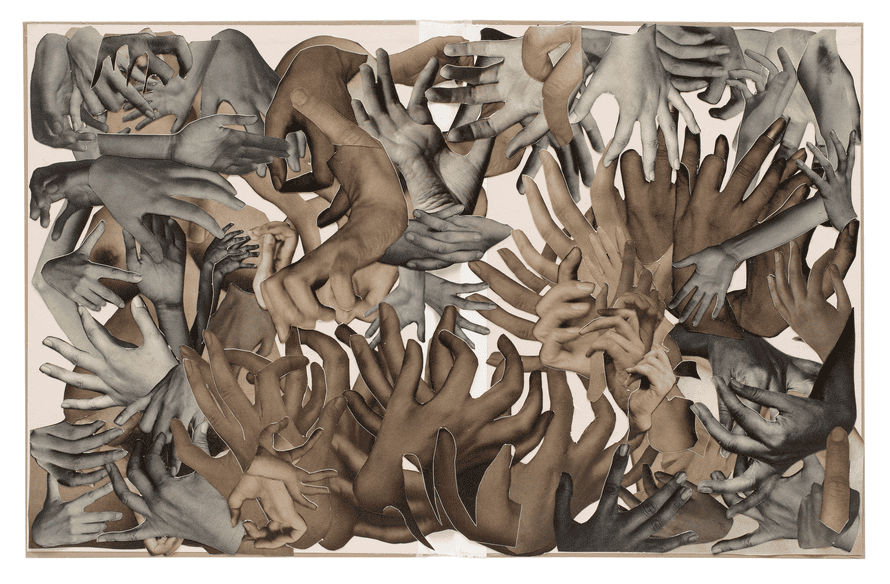
“The history of photography is filled with women,” as Kurland puts it, “so there is no excuse or justification for their exclusion.”
For now, she tells me, collage is a way to “explore the ambivalence” she feels about the medium in which she established her reputation. Will she go back to photography? “You never know,” she says. “It’s a big hot mess in my head and I haven’t really formulated it yet. I love photography, and photobooks have been a path towards what I do in my work, but when I realised that 99% of the ones in my collection were by straight, white males, it disturbed me. SCUMB Manifesto is not me saying, ‘Fuck all those photographers, they suck and they shouldn’t exist’. It’s more ambivalent than that. It’s angry and serious, but it’s also funny.” Not everyone, I suspect, is laughing.
